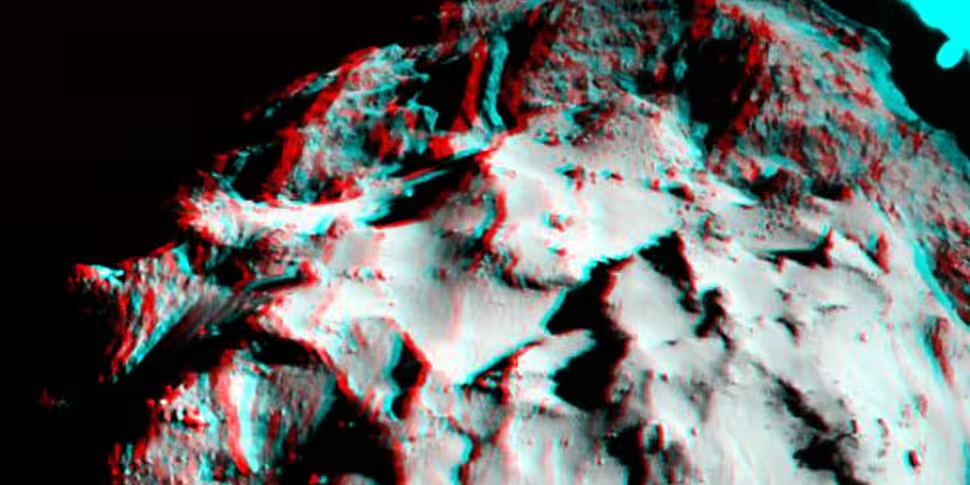The Rosetta mission's Philae lander has transmitted some remarkable photos back to Earth after it successfully landed on Comet 67P last week. One of the most recent pictures has even been published in 3D (albeit of the classic red and blue variety).
In 2014, most of us carry high-quality cameras in our pocket, so we might naturally assume the lander is using contemporary technology. However, the reality is even more impressive.
Since the Rosetta mission left Earth 10 years ago, the camera technology it used is a world away from today's. Not only that, but the technology is actually two decades old, given the long and complicated development period for the historic trip.
To accompany the latest photos, the German Aerospace Center (DLR) has described the ROsetta Lander Imaging System (ROLIS). Planetary Stefano Mottola explains that "when the camera was developed 20 years ago, memory cards did not exist. ROLIS therefore has a limited amount of memory – just 16 megabytes, which is one thousandth of the amount of data that can be stored on today's USB sticks."
Since live data transmission was not possible, DLR also describes how "the camera acquired an image every 10 seconds – that is, approximately every 10 metres during the descent – repeatedly overwrote the previous recordings, and finally sent the last seven images to Earth immediately after the first landing."
Researchers will now be thoroughly studying the images, with the DLR adding the photographs are of the 'utmost importance' in attempts to understand the comet's structure.
You can read more about ROLIS here. If you're interested, it has also been revealed what a comet sounds like.









